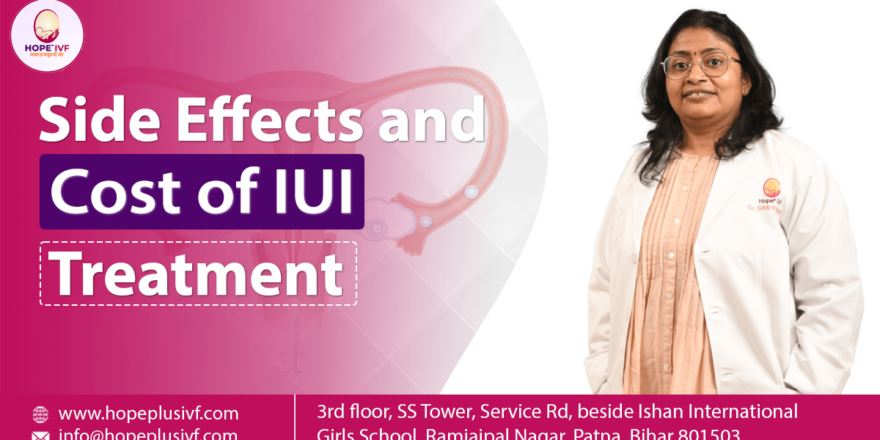The age between 10 and 19 years is known as adolescence. This period is crucial for both boys and girls, but here we will focus on female health during adolescence.
Adolescence marks the transition from childhood to adulthood. During this time, significant physiological, cognitive, and psychological changes occur. Due to these cognitive and psychological changes, female adolescents may experience mood swings and shifts in emotional patterns.
Adolescence is a phase where individuals develop new skills, try new activities, and form more complex relationships. During this period, children begin to observe, regulate, and manage their emotions, becoming more aware of their own feelings as well as those of others. Emotional development during this time helps them build essential skills and discover their unique qualities. This is when intellectual, emotional, and social development progresses rapidly.
As parents, it is crucial to adopt a supportive, friendly approach.
● Spend quality time with your adolescent, engage in open conversations, and guide them when they face challenges.
● Give your child your undivided attention when they want to talk.
● Understand their emotions without judgement, and keep the door open for discussions on any topic.
● Be an approachable parent who encourages participation in family decision-making and fosters a sense of belonging.
● Avoid humiliating your child.
● Don’t dismiss or laugh at questions that may seem naive or unimportant to you.
● Encourage them to express themselves, and work through family concerns together.
Adolescents also undergo significant social development, with one of the most important tasks being the search for identity. This search often begins in adolescence but can be a lifelong journey. Along with identity exploration, adolescents strive for greater independence.
Physiological Changes During Adolescence
Adolescence brings significant changes in brain development. These neurological changes prepare the brain for adulthood but can also make adolescents more vulnerable to risk-taking behaviour and mental health challenges.
Pubertal Changes: Adolescence is also marked by physical changes, such as increases in height, weight, body composition, and the development of secondary sexual characteristics. For girls, this is the time when menstruation begins, although the onset and regularity of periods can be highly variable.
During the first 1-2 years, it is normal for menstrual cycles to be irregular, sometimes occurring as infrequently as every 60-90 days. Over time, the cycle typically stabilizes, with a frequency gradually decreasing to 45 days, and eventually to a standard cycle of 35 days.
Menarche (the first period) typically occurs around the age of 10-11 or about two years after the onset of breast development (thelarche). However, if a girl has not experienced her first period by age 15, it is recommended to consult a gynaecologistfor further evaluation. During the initial years, menstrual flow may be variable, and some girls may experience weakness and lethargy.
To manage this period of growth and change, both boys and girls should follow a diet rich in minerals, vitamins, and proteins, with particular attention to iron intake for girls. Adolescence is also a time when thyroid function may change. If a child experiences symptoms like lethargy, weight gain, or cold intolerance, or if a girl has heavy menstrual bleeding (lasting more than 5-6 days or requiring more than 3-4 pads per day), it is important to seek medical advice.
The pace of pubertal development can vary greatly among individuals and may be influenced by genetic, nutritional, and environmental factors.

